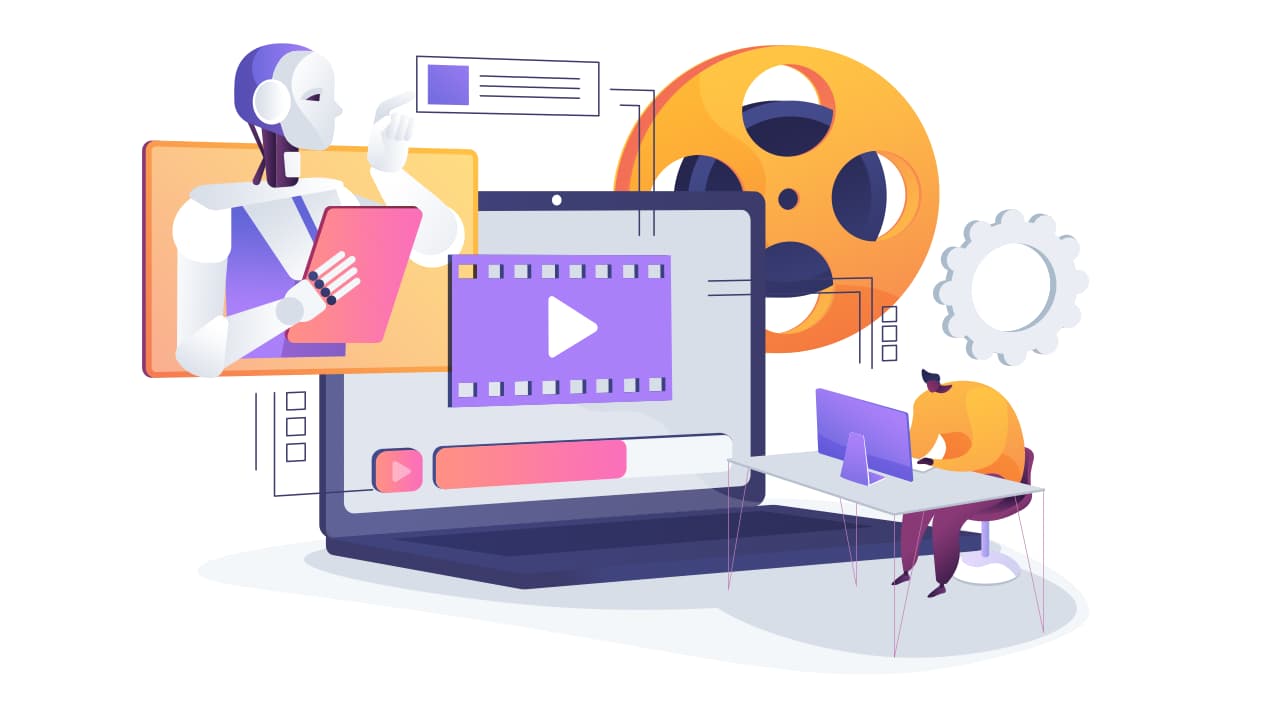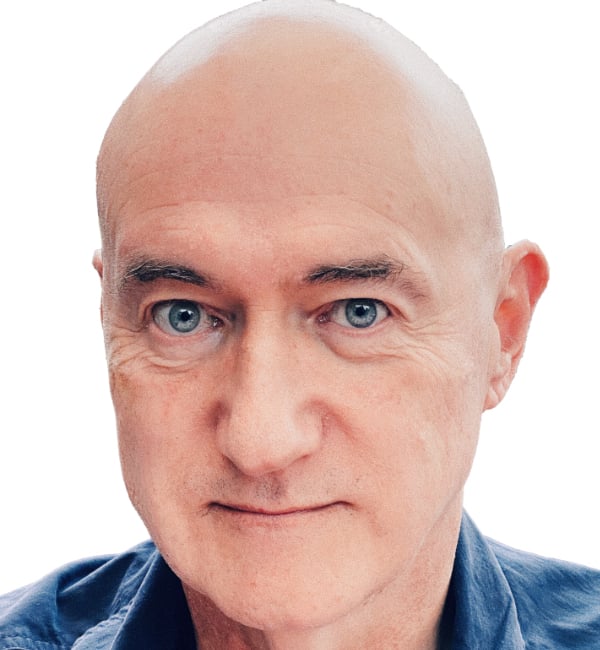
David Shapton asks whether we should celebrate the opportunities, dread the disruption, or take a different path entirely when it comes to AI in post-production.
From now on, AI will always be in the room. We should expect rapid and often surprising developments in almost every area of human activity. AI is already helping professionals in post-production, and this will only increase.
For creatives, generative AI will change virtually everything, if not at first, then at an increasing rate in the near future. It’s a massive shift, developing so fast that nobody fully understands its implications. Even experts seem surprised at the rate of change in AI, and the frequency with which they are surprised is increasing. There is only one solid conclusion we can draw from the current situation with AI: whatever effect we expect it to have on our lives - specifically, our creative lives; it will eventually exceed those expectations.
Unusually for technological development, AI challenges us philosophically. Who owns the copyright in generated media? How can conventional artists’ work be protected, and how can they benefit if their creative ideas reappear modified but still identifiable in generated content?
And can AI-generated art ever be… art?
What do we want the relationship to look like?
Laws have always tended to lag behind technology, and there’s little reason to expect this to be any different with AI. But now is an excellent time to start collecting our thoughts about how to approach this tsunami of change and - with incredible urgency - figure out what we want our relationship with it to look like.
It’s tempting to use analogies here, like “Photography didn’t replace oil painting”, but that’s only partially true. Painting used to be the only way to represent human faces. Photography can do it faster and more accurately. But nobody would reject a David Hockney portrait in favour of an iPhone snapshot, even though the phone picture is unarguably more accurate than the Yorkshire-born painter’s work. But it’s not about accuracy; it’s about an artist’s view of the world: quirky, individual, and influenced by the totality of the artist's lived experiences.
On a practical level, AI can help with media management. Eventually, all media will become “intelligent” because it will have enough high-quality metadata to “find its own way home.” The metadata will inform every stage of post-production not only about the media's content and attributes but also about its artistic and possibly even commercial intent.
This will be incredibly fine-grained because AI will make it so. Eventually, any media clip will be able to transit through workflows automatically, using high-quality metadata to guide it through its post-production journey. Some of this metadata will be about technical aspects of the clip, but some will carry information about the director's artistic intent. However deep a clip finds itself within a project, its entire history from the camera (or a generative AI model) will be traceable and modifiable. Ultimately, a project will become metadata, and, at the very least, AI will remove almost all of the error-prone drudgery that manually logging metadata involves.
This ability to describe the circumstances around a clip’s creation and use will also help with the ever-present and increasingly tricky question of authenticity. Encrypted authentication will be as crucial to the clip as the actual content.
Fix it in post: AI version
Generative AI has become so accomplished, so adept at creating fantasy or photorealistic scenes, that it will inevitably be used in serious productions. Much of the time, it will be used as a tool to extend the frame or to insert (or delete) objects from a scene. AI is already used to colour-match material from different, unmatched cameras. Virtual Production is now so widespread that it’s reasonable to think that generative AI will play a major part in depicting scenery and 3D assets for use in this environment. At a more zoomed-in scale, AI will be able to “fix” virtually everything, from flyaway hair to language substitution (complete with accurate mouth movements) to changing the lighting.
In at least some sense, content producers will be able to feed a screenplay into a computer and output a cinematic film - something we at RedShark have been predicting for ten years but had not expected for another fifty. Open AI’s Sora changed that less than a year ago. Speech or text-to-video is now real, but there are limitations. All of these will be solved, with some taking longer than others. The Uncanny Valley is still poised to rob credibility from scenes involving humans, and typically, the more nuanced the instructions to a virtual actor, the less likely it will be for an audience to be comfortable with the performance.
This, though, will be solved at some point, probably sooner than we expect.
More tools to hand
What does this mean for post-production professionals and everyone else involved in film production? What will become of the artists, the actors, the technical crew, and the studios where all the “traditional” action takes place?
None of this will disappear. Instead, aspiring directors will have a wide range of filmmaking techniques to choose from. These will span from 100% conventional production—with actors, set designers and makers, physical lighting and cameras—to 100% generated images and sound. Most filmmaking will sit between these two extremes.
It would be foolhardy to predict the shape and form of the film and TV industry even a few years from now. AI is an incredibly powerful tool whose limits are nowhere near in sight. Companies like Adobe have taken a responsible approach, with their own AI model trained on the assets they store and curate and with usage-based relationships with content creators. This frees the company to use these assets, knowing that the creators will be fairly rewarded.
As we move further into the future, there are a million possible outcomes. One that seems likely is that creative people will move to a higher level in production and let AI do much of the groundwork. Even with extremely powerful AI, there is no need for anyone to relinquish their control over a production. As long as humans keep having creative ideas, they will be able to “direct” their works and edit and finish them critically. The creative community must ensure that AI augments its work instead of replacing it with superficially attractive but ultimately unsatisfying generated content.
An optimistic and entirely reasonable view might be that AI will take us to new levels of production and save time and money at the same time. But it is our ideas and critical input that will retain and preserve the humanity in our creations.
Tags: Post & VFX AI AI Month



Comments